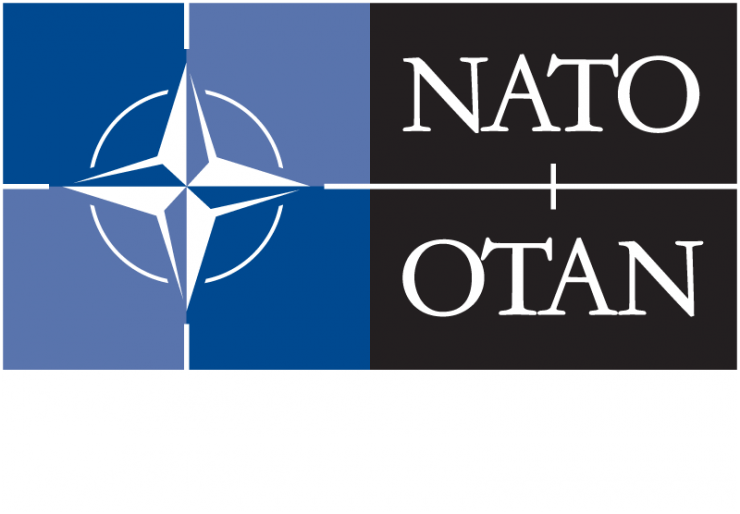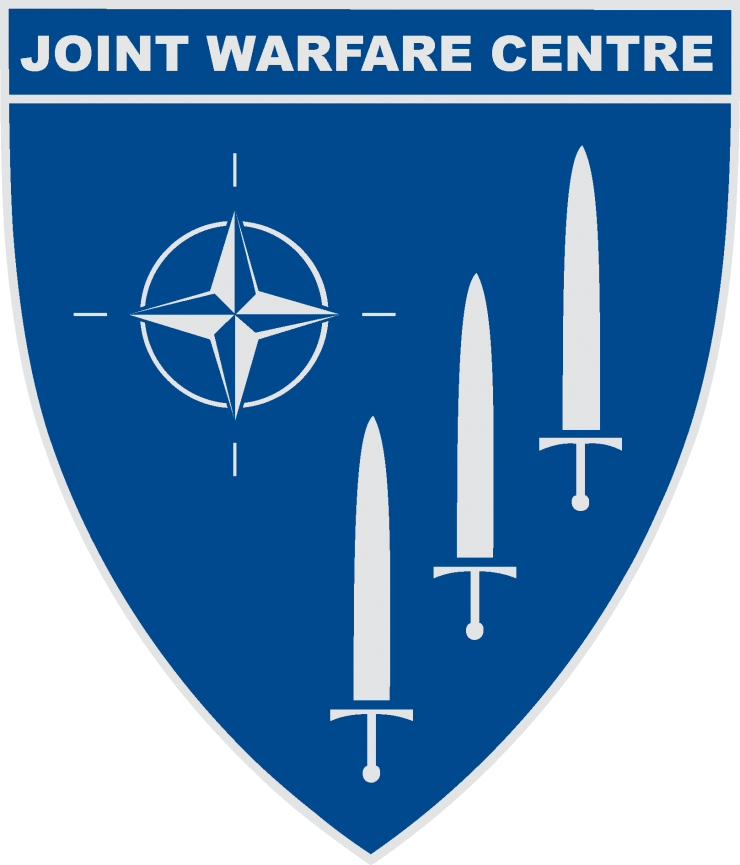Since the moment the Joint Warfare Centre (JWC) was described as “the Jewel in the Crown of Allied Command Transformation”1, delivery of quality training, doctrinal and concept integration, experimentation in exercises as well as support to NATO’s Lessons Learned process were inextricably intertwined. Back then, the Centre was manned at about 55 per cent of its authorized Peacetime Establishment. Lacking its own physical facilities in Jåttå, it headed to Ulsnes, a former hub for naval activity, to host its inte rim training facility, which was possible thanks to the support received from Host Nation Norway.
In 15 years, the JWC has expanded its bespoke facilities in Jåttå for training and education, and its name has become a byword for operational level training and Warfare Development with NATO commands. Today, in line with NATO’s increased emphasis on training, the Centre can plan up to six different operational level exercises out into the future at any given time and deliver four per year, addressing the whole range of Alliance requirements, including the Command Post Exercise portion of a high-vi sibility exercise every three years.
15 years at the forefront of training and innovation
The JWC is NATO’s footprint in the Northern region, which includes Scandinavia, the North Sea and the Baltic. Its motto “Training NATO. Advancing Doctrine. Integrating Concepts” reflects the Centre’s mission and warfare capacity, which is unparalleled in NATO. Indeed, what makes the JWC particularly stand out are these two highly specialized tasks: Training and Warfare Development.
As directed by Supreme Allied Commander Transformation (SACT), the JWC is responsible for providing NATO’s training focal point for full-spectrum joint operational level warfare; with “warfare” focusing on exercise development and capabi lity integration to adapt NATO’s military capacity and, while doing so, fusing the two strands of warfare: the art of war and the science of war.2 “Warfare in NATO can be summarised as the degree of operational readiness,” wrote Major Fabrice Beurois (Concept Development Branch) in a 2014 article, adding: “The JWC has the capacity to influence the warfare mind-set in NATO.”
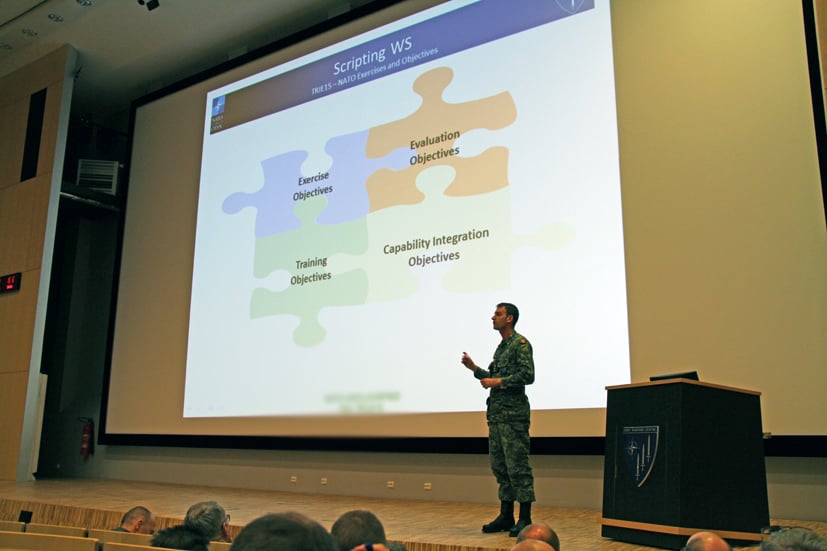
Exercise TRIDENT JUNCTURE 2015
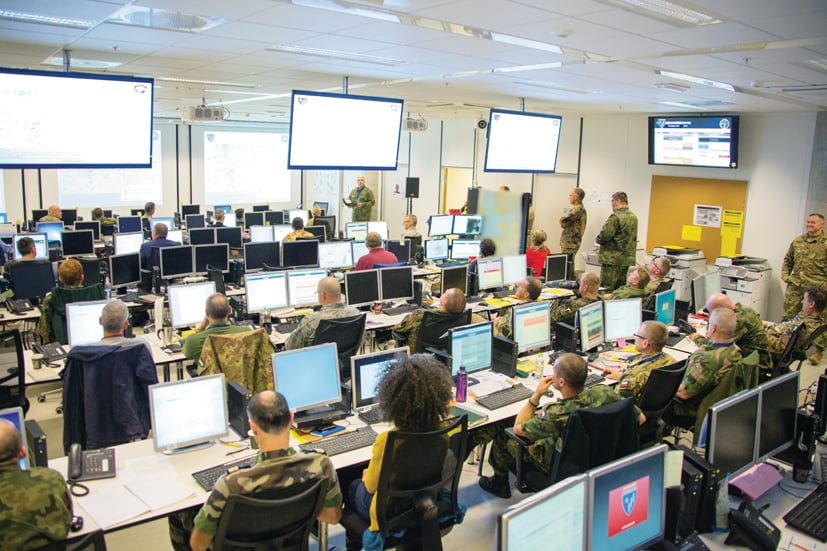
Exercise TRIDENT JUNCTURE 2016
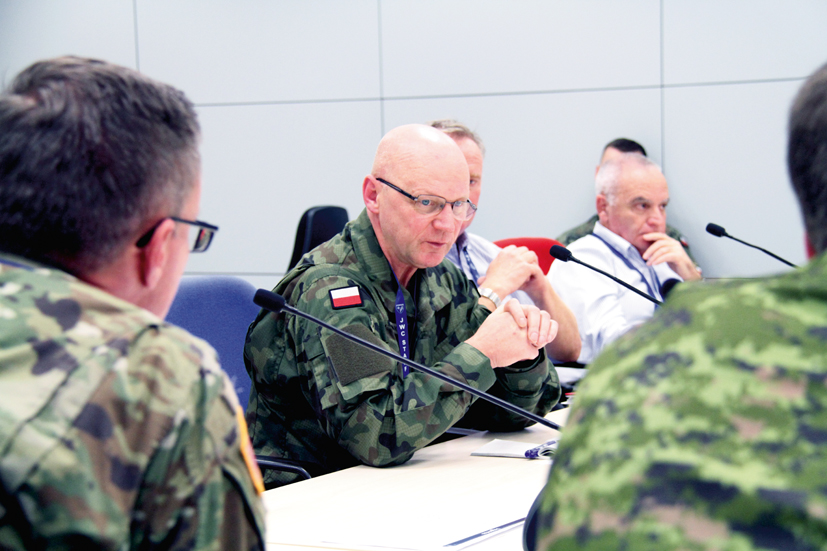
Major General Andrzej Reudowicz, Commander JWC
The Centre has been a constant provider of exercises and innovation for the past 15 years, delivering realistic and demanding joint operational level Command Post Exercises in support of NATO’s Command and Force Structure Headquarters. In the words of the JWC’s eighth and current Commander, Major General Andrzej Reudowicz, each of the Centre’s activities, “be it contributing to innovation and concept development through experimentation to conducting ambitious and realistic training and e xercises,” directly maps to the evolving Alliance objectives, because, as he underlines, “warfare is all the JWC’s business”.
The Centre’s two primary outputs are operational level exercises and support to NATO’s Joint Warfare Development in accordance with SACEUR’s requirements, which ensure NATO forces are well trained for any type of warfare, and ready to respond to current and emerging challenges.
It would be very remiss not to discuss two of the JWC’s earliest training endeavours: The MRT (Mission Rehearsal Training) for ISAF in Afghanistan, which had been the Centre’s highest training priority until its completion, and the IKLT (Iraqi Key Leader Training). Although these are no longer conducted, they both demonstrated the first-class training provided by the JWC over the years. Specifically, from 2004 to 2011, the JWC conducted Afghanistan pre-deployment training events for nearly 7,000 personnel and, also from 2004 to 2011, provided biannual IKLT to a total of 256 Iraqi security officials at its interim training facility in Ulsnes.
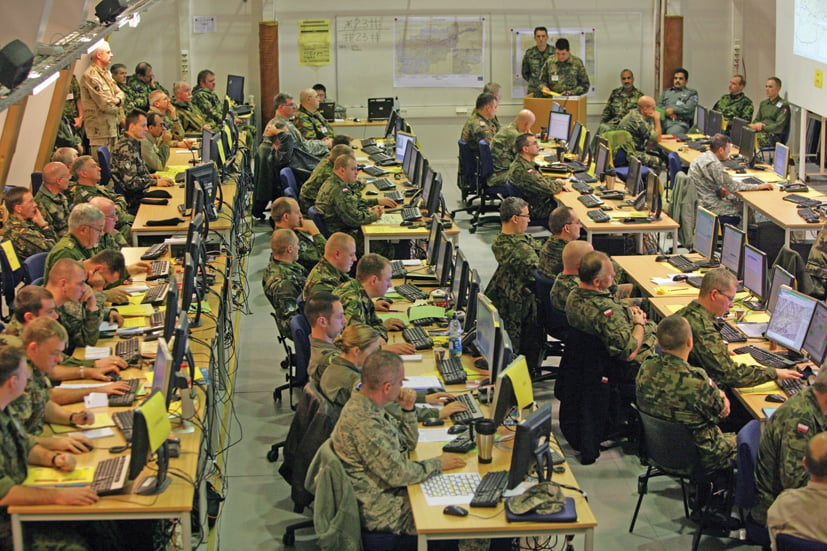
ISAF Mission Rehearsal Training at Ulsnes, 2009
Train as you fight
Today, the warfare enterprise of the JWC is a catalyst for Transformation-the driving force that transforms NATO’s combat system.3 Given the reality of challenges and the requirement for trailblazing training solutions, the JWC remains committed to improving NATO’s military capacity at the operational level and the efficiency of its deterrence and defence posture. In an interview made in 2014, former SACT, French General Jean-Paul Palomèros, likened this role to that of a maestro, saying: “You need a great conductor for a great orchestra and the Joint Warfare Centre is just that. This is the Centre, the reciprocal of operational concept, operational knowledge and operational expertise.”
The JWC is the only NATO body to create and develop fictitious baseline training scenarios and settings used for collective training at the joint operational level, which involve real NATO countries and many fictional states differing in factors such as history, political structures, armies and geospatial data. Over the years, with MADA, MADA VERDE, CERASIA, SOROTAN, SKOLKAN and the brand new OCCASUS scenario-setting combinations, the JWC has raised its sights to the extent that it now prides itself on being regar ded as the centre of excellence in NATO for scenario development and management, addressing the “360-degree” reality that the Alliance faces, creating fresh thinking and favouring leading-edge innovation and development within disciplines.
A quick glance vividly illustrates the significance of the JWC’s flagship endeavour: one JWC scenario (SOROTAN) was used specifically for TRIDENT JUNCTURE 2015, NATO’s then largest exercise for non-Article 5, out-of-area threats. Another scenario (SKOLKAN), with its three different versions, focusing on the deployability concept and addressing the multilayered characteristics of the 21st century security environment, demonstrates NATO’s commitment to Collective Defence, operational preparedness and deterrence.
The shift from the humanitarian support mindset to the comprehensive operational environment of NATO Article 5 required the JWC to focus on new concepts (e.g. Anti-Access and Area Denial), and experimentation of an academic nature (e.g. Strategic Communications and Space Support to Operations). Since 2012, with the Article 5 focus, the need to gain a comprehensive understanding of the information environment, further utilization of computer simulation and “intelligent” Opposing Forces (OPFOR) also came to the forefront. In 2014, on assuming his duties as the then new Deputy Commander and Chief of Staff, Brigadier General Roger Watkins, proclaimed: “[The JWC] provides capabilities that no ot her [NATO] headquarters or centre can come close to, such as Computer-Assisted Exercises (CAX) and media simulation as well as scenario development. What has struck me most is a very robust Programme of Work and the quality at which it is accomplished. The staff here truly do provide world-class training and exercises, and their professionalism resonates across the command and beyond.”
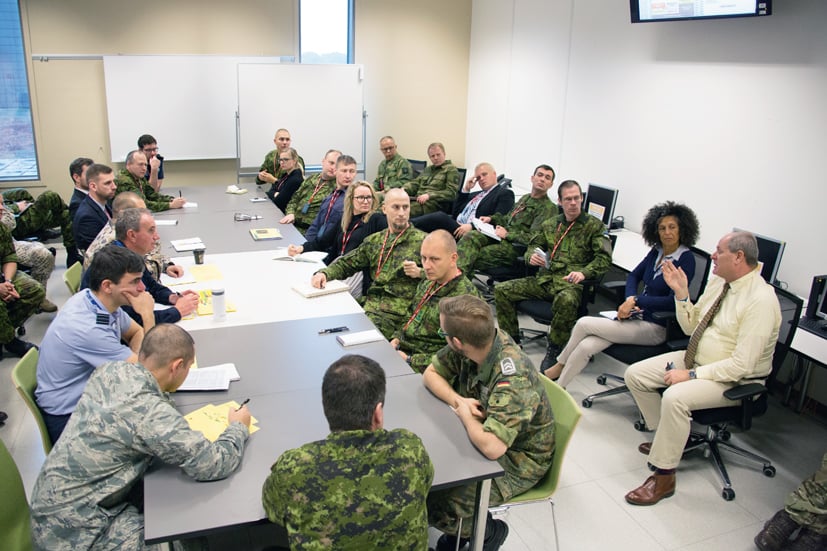
White/Grey Cell, TRIDENT JUNCTURE 2016
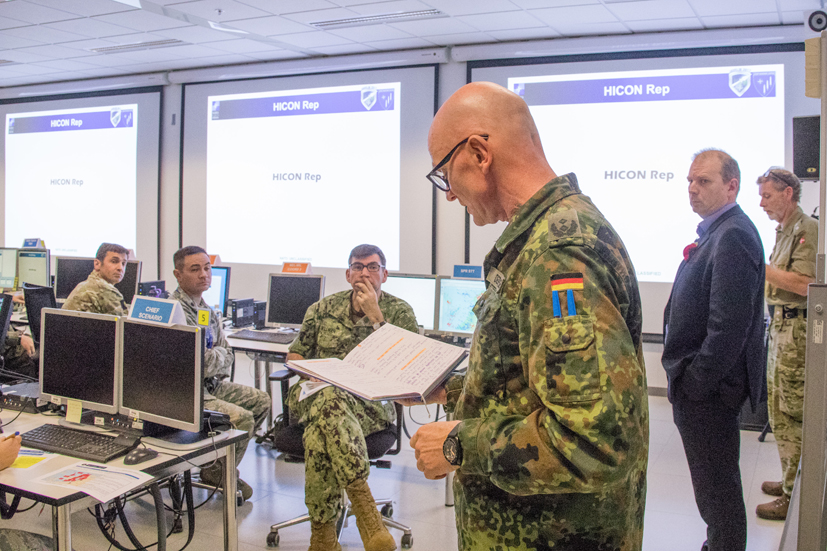
Higher Control (HICON) briefing during TRIDENT JAVELIN 2017
To further improve NATO’s military capabilities, the JWC contributes to ACT-led Strategic Foresight Analysis and The Framework for Future Alliance Operations as well as the development of NATO’s Joint Operational Doctrine. As of 2018, the JWC has found itself even more drawn into Transformational activities, contributing to the momentum led by Multinational Capability Development Campaign, a NATO operational experimentation, which emphasises multinational interoperability and operational aspects of hybrid warfare, cyber security, medical support, logistics and Strategic Communications.
In 2017, Major General Reudowicz announced his Vision as follows: “The JWC sustains and enhances its role as the premier provider and enabler in NATO for innovation and exercises at the joint operational level of warfare for the headquarters of the NATO Command and the NATO Force Structures, and when ordered, to any other headquarters of the Alliance. The JWC must continue to be at the heart of evolving NATO Joint Warfare Development, delivering Transformation through exercises to meet NATO’s future warfare requirements. This is, and will continue to be, delivered by the JWC whole force ‘One Team’ who are the only thing that makes us who we are.”
Overall, the JWC has trained nearly 67,4004 personnel from Allied and Partner Nations since 2004, when it conducted its very first exercise for NATO’s first Deployable Joint Task Force headquarters just three months after its activation. None of this would have been possible without the Centre’s “One Team”; including both past and present employees. Since August 2015, the JWC has aligned into a matrix organization to train NATO in the most effective way in order to meet the scale of Article 5 training requirements. Today, as reflected in the Commander’s 2017 Guidance paper to staff at all levels, the exercise requirements to prepare the NATO Command Structure and the NATO Force Structure demand the JWC to continuously review how it plans and executes its exercises, be it at its site in Jåttå or in deployed locations.
According to Major General Reudo wicz, the JWC is “NATO’s corporate know ledge custodian for the planning and execution of complex multi-level joint exercises.” It must, therefore, be “ambitious, innovative and outward-looking in order to be able to adjust quickly to the changing security environment and the requirements of NATO.”
For the JWC’s multiple Training Audiences readiness is at the forefront of everything they do as they strive to achieve their Training Objectives, be they Cyber or gender. In 2003, NATO took over command of ISAF (International Security Assistance Force) in Afghanistan, marking its first mission beyond the Euro-Atlantic area. It was also the year the JWC was born, evolving from Joint HQ North (2000-2003). Fifteen years on, the JWC has become known, albeit locally, as the “NATO organization in which everyone wants to stay on and extend their tenure!”5 All taken together, the JWC is one of NATO’s most unique organizations with an incredibly diverse portfolio of tasks and expertise. From training and in support of transformational efforts, through doctrine development and specialized publications based upon best practices to simulations and real life support, the JWC has been using every organizational function to great effect as NATO’s pre-eminent operational level training establishment.
The Centre’s main ambition is invariably to improve interoperability, readiness and responsiveness among Allied and Partner Nations. As NATO moves farther forward into the 21st century, the combination of high-quality training and innovation, fusing with its warfare enterprise, has bestowed the JWC with one of the most imperative missions within the NATO Alliance. We wish a very Happy Birthday to the Joint Warfare Centre who will turn 15 this year, on 23 October.
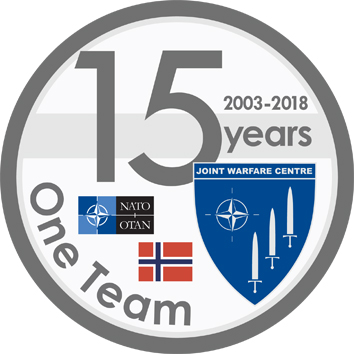
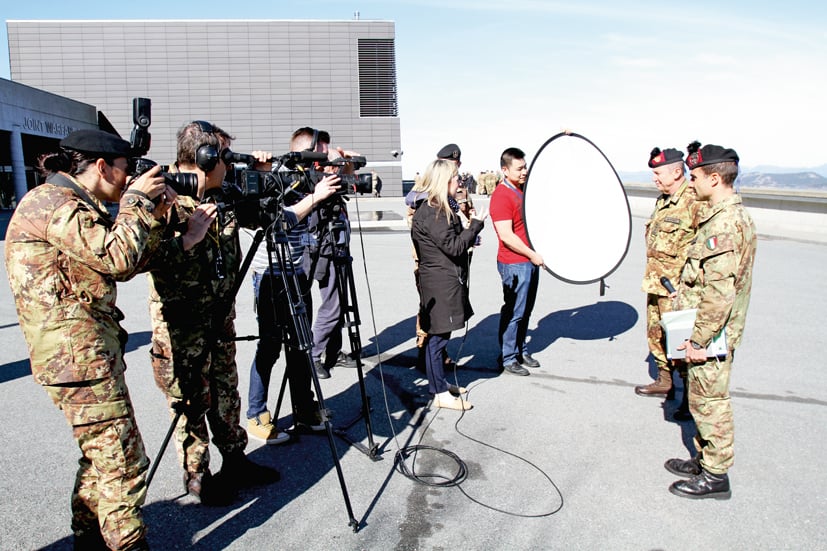
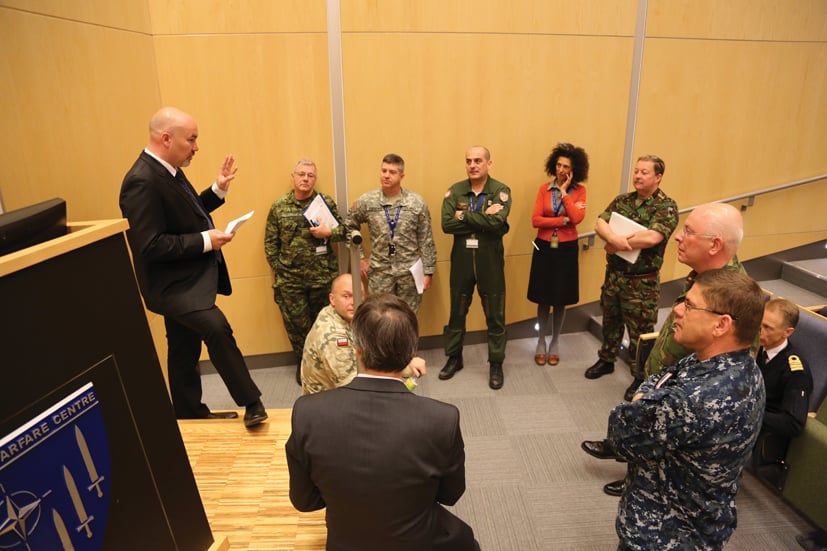
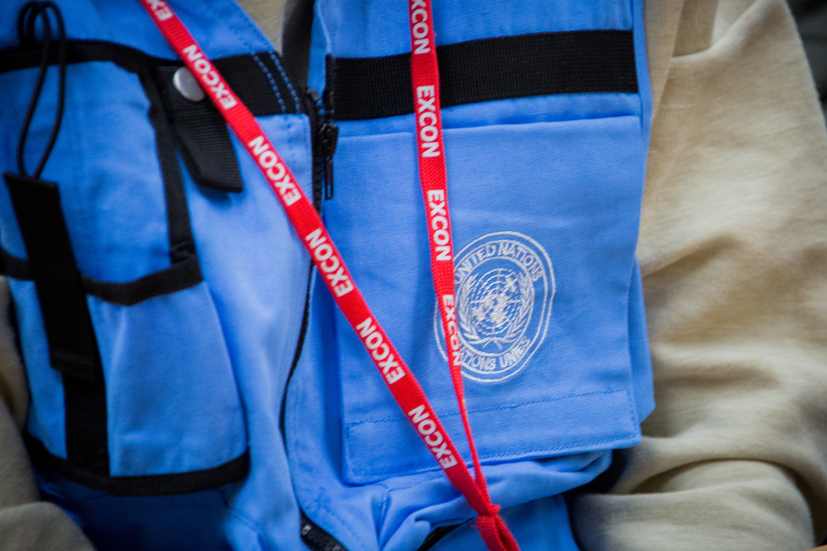
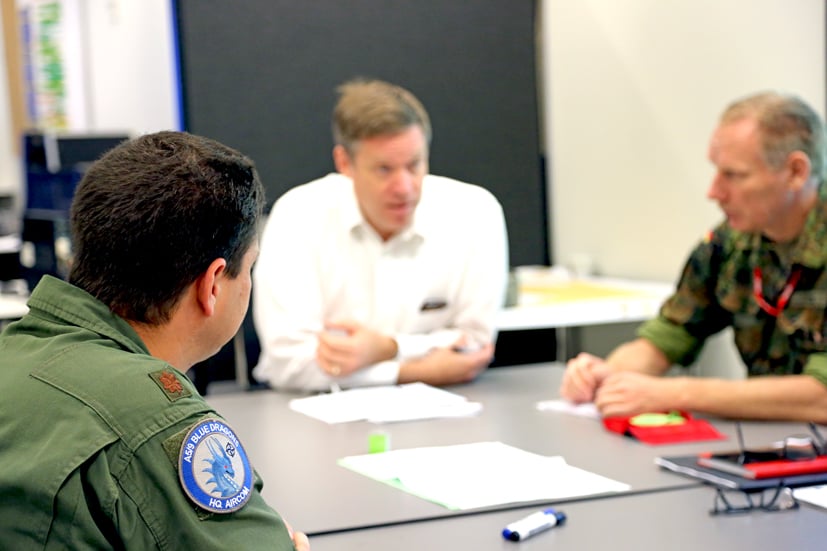
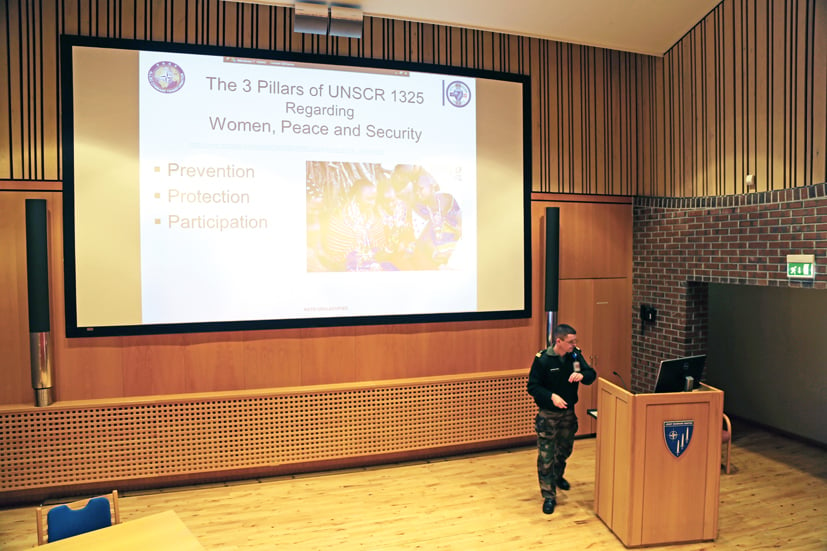
End Notes:
1 U.S. Navy Admiral Edmund P. Giambastiani, Jr., the then Supreme Allied Commander Transformation (SACT), at the JWC Activation Ceremony in the afternoon of 23 October 2003.
2 Major Fabrice Beurois, "What is Warfare?", The Three Swords Magazine, May 2014, Issue No. 26.
3 SACT Vision, www.act.nato.int
4 The number involves the execution phase (Phase III)
5 A quote by former JWC Special Advisor to the Commander, Commodore Hans Helseth.
For more pictures visit JWC's Facebook page at facebook.com/NATO.JWC
